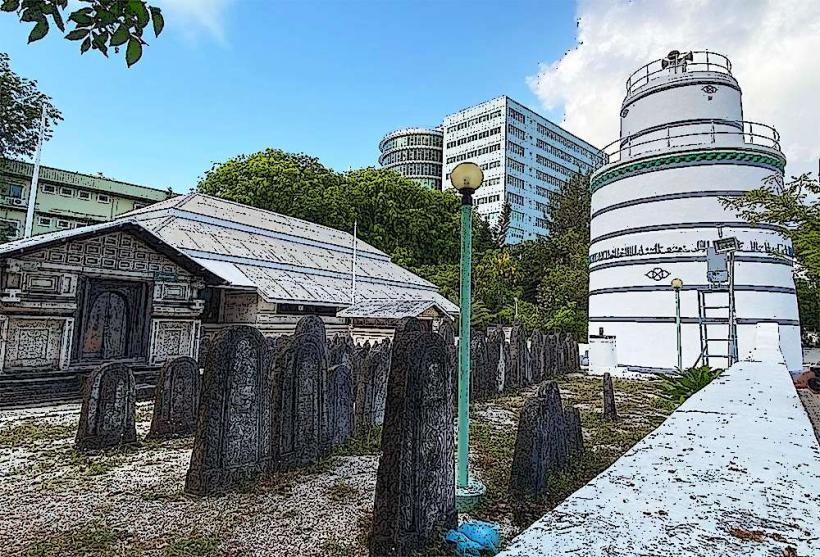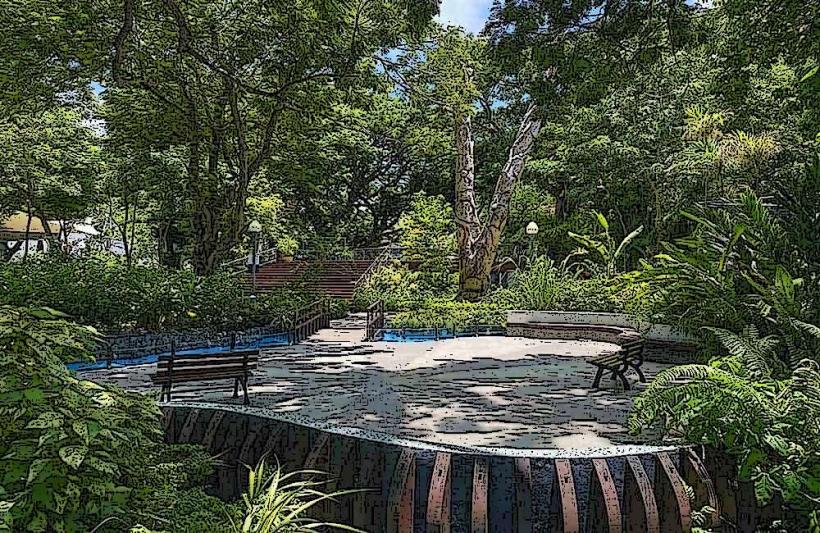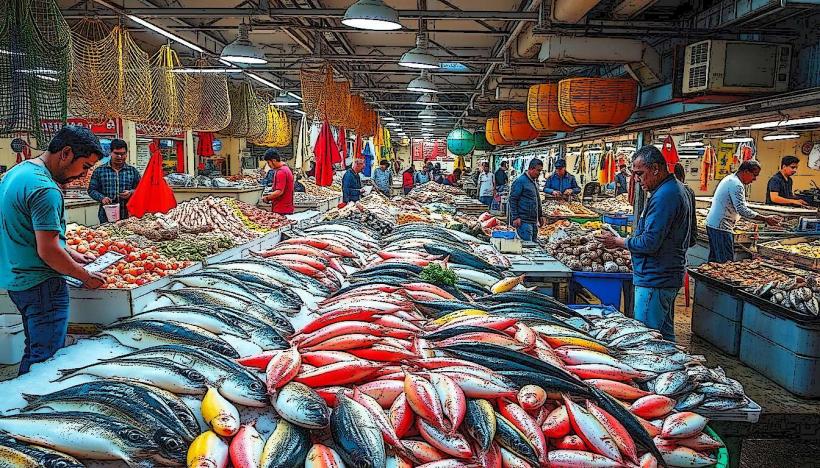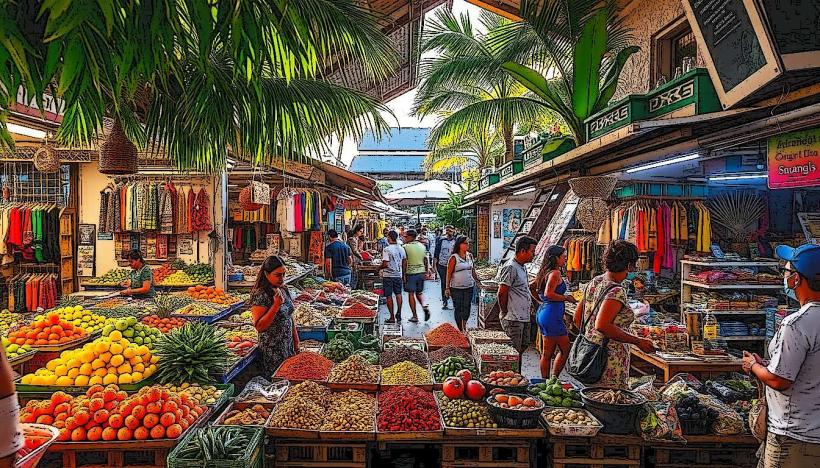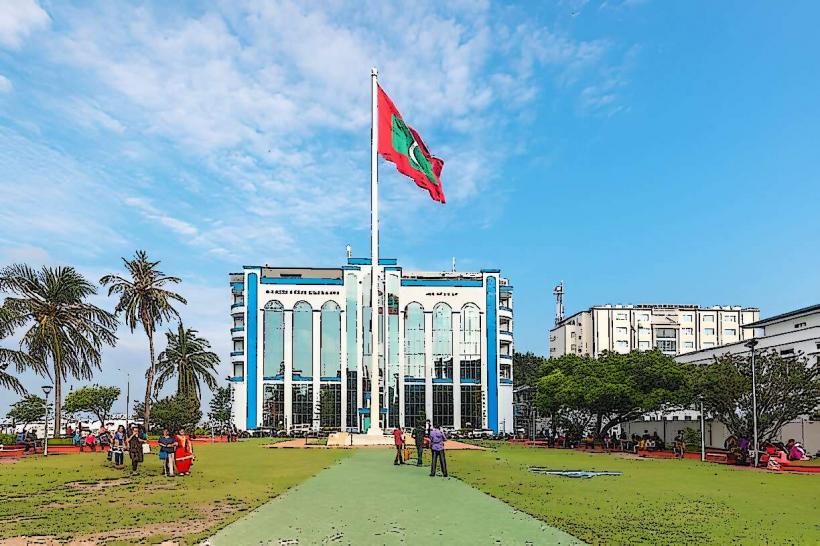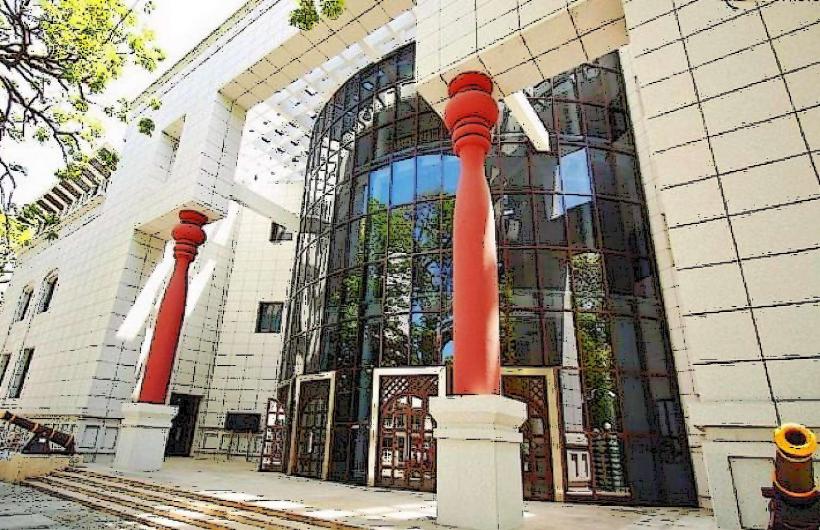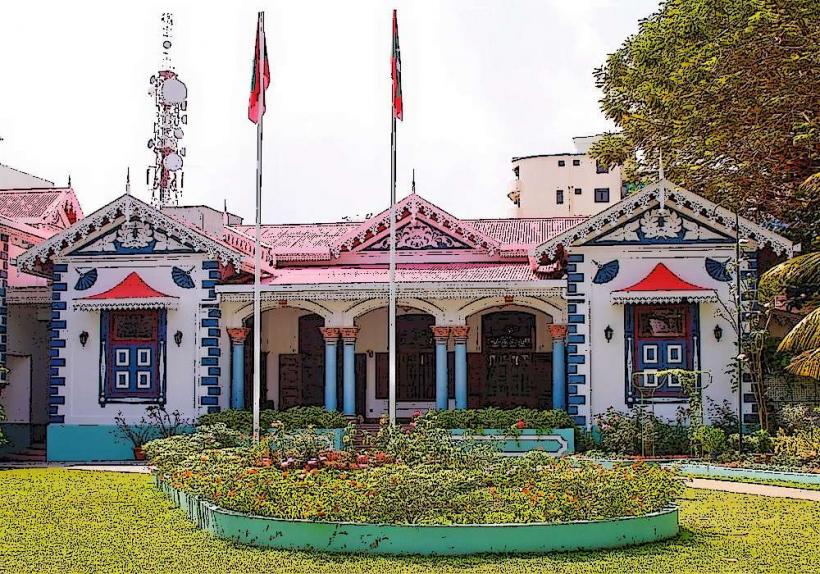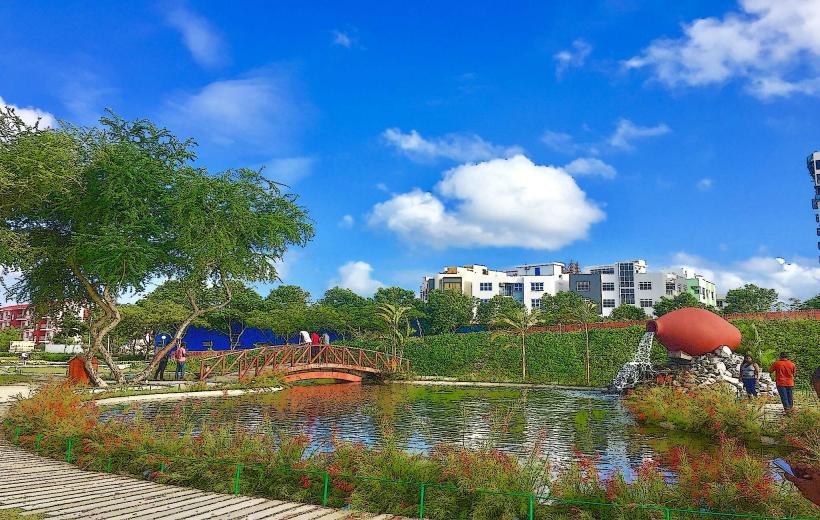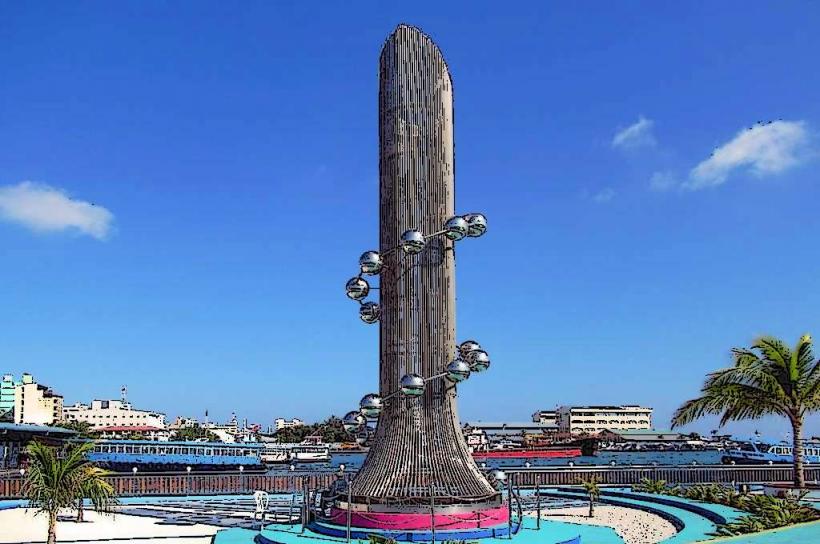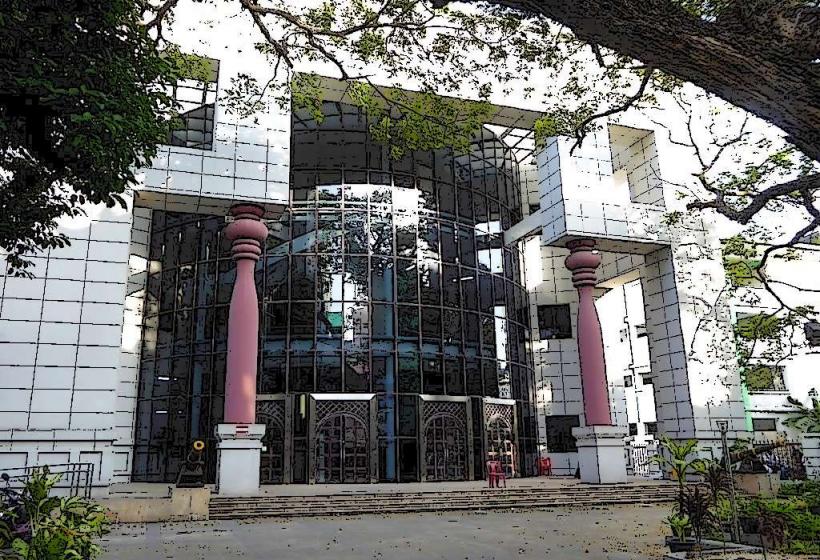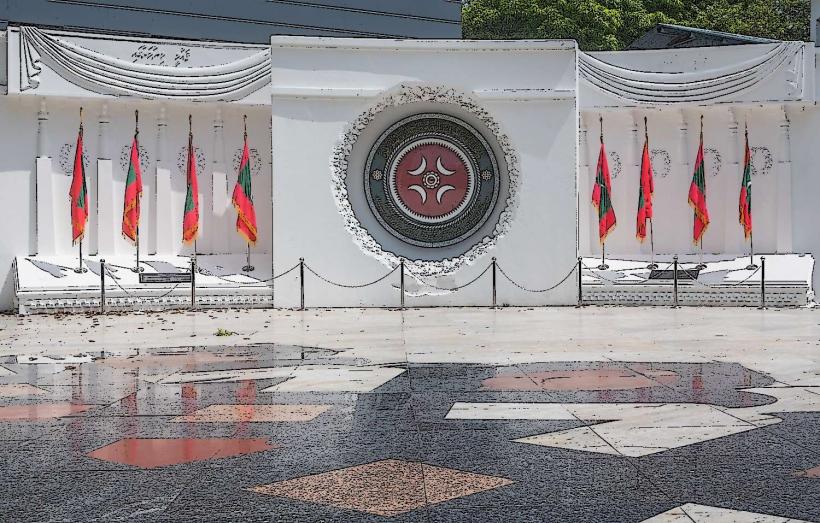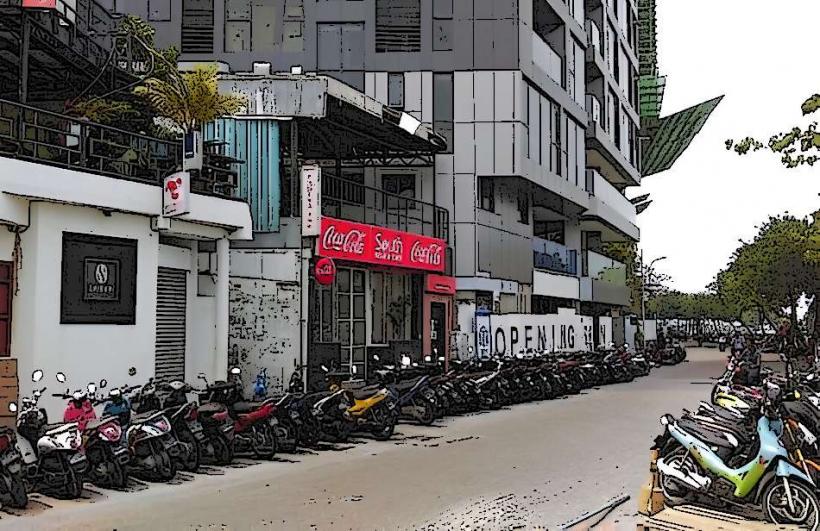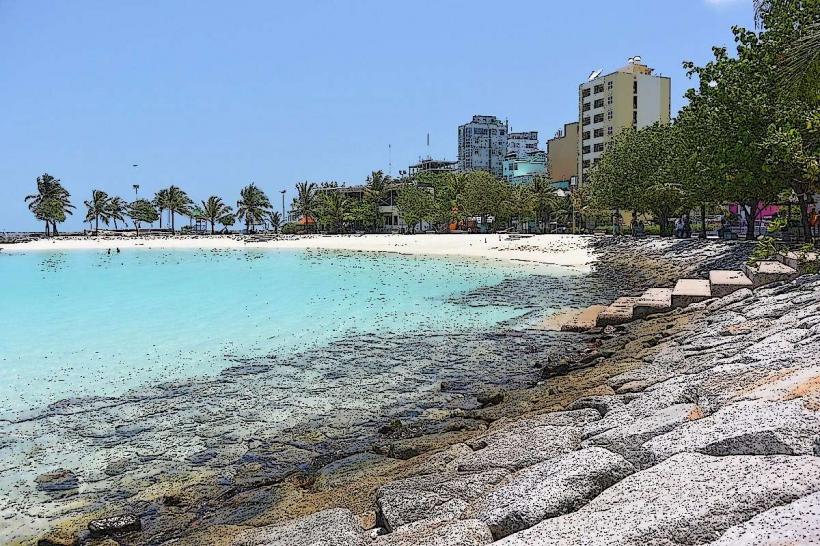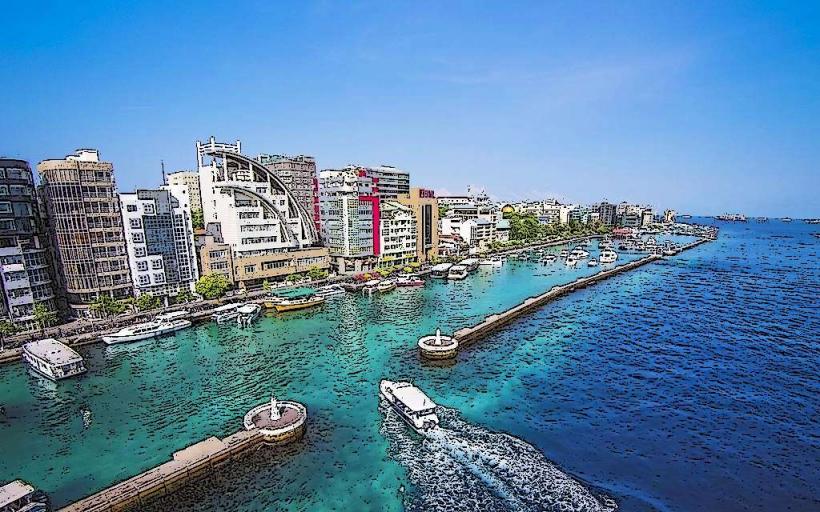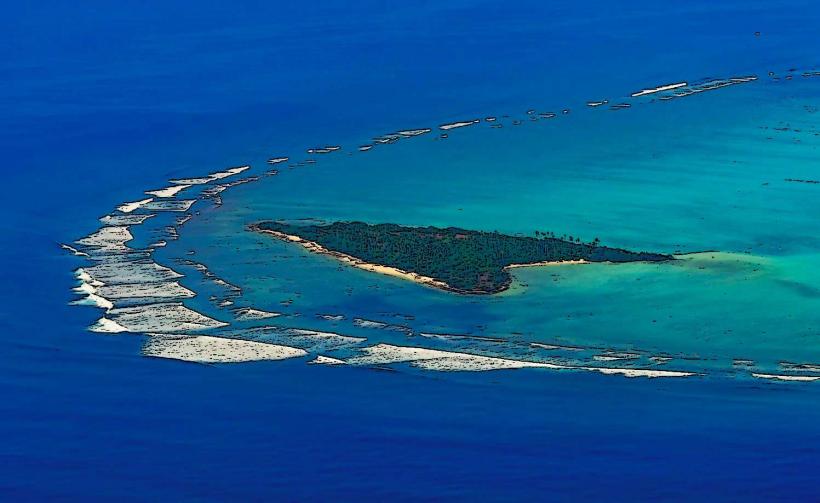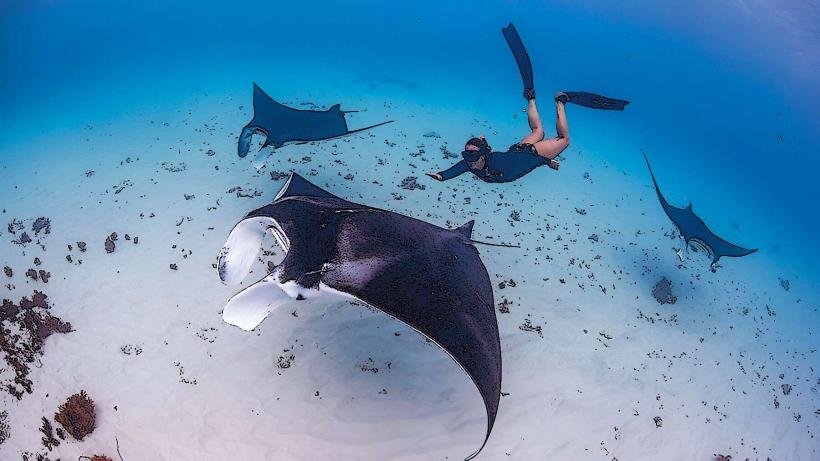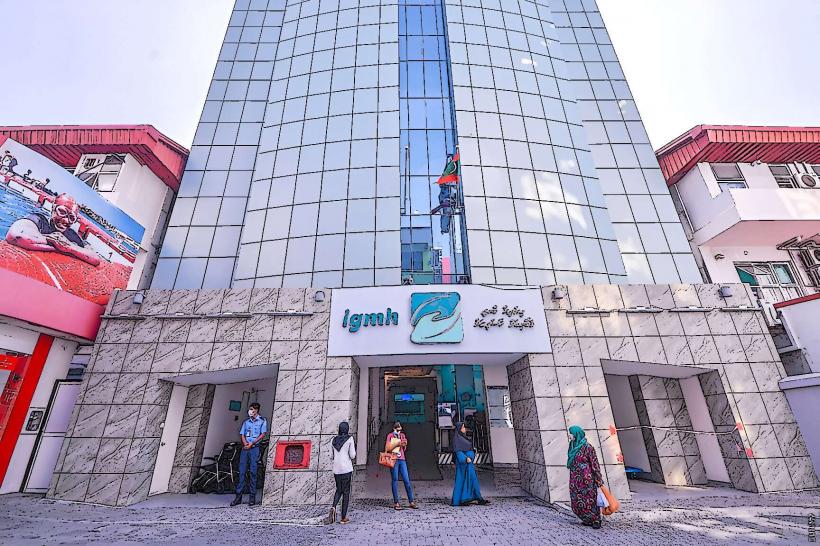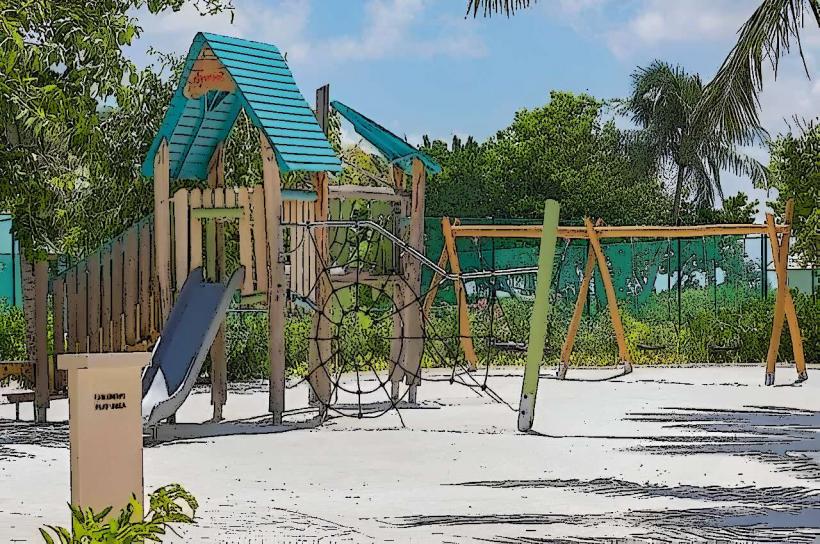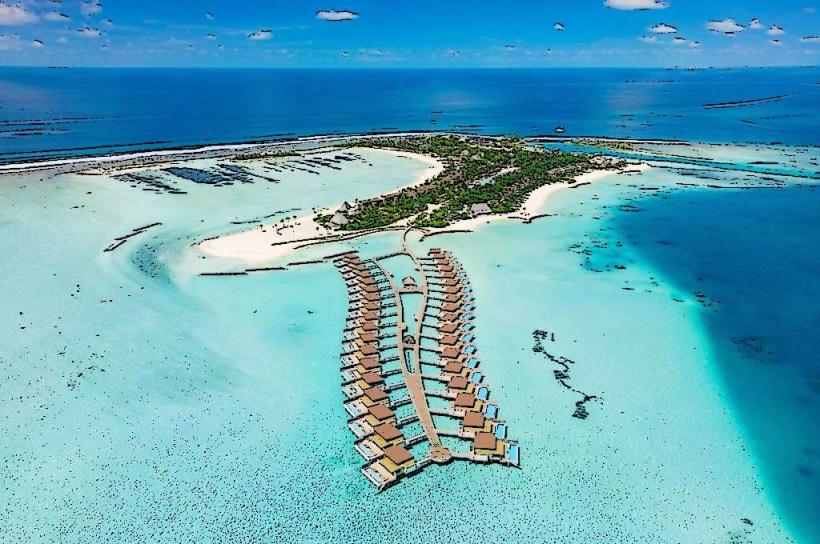Information
City: MaleCountry: Maldives
Continent: Asia
Malé is the capital city and the economic, political, and cultural center of the Maldives, located on one of the country's more populous islands. As the hub of the nation, it is the most developed and densely populated area, home to more than a third of the entire population of the Maldives. Despite its small size, it plays a central role in the daily life of the country.
Geography and Size
Malé covers an area of just about 9.27 square kilometers (3.58 square miles), making it one of the smallest capital cities in the world. It is located on the Malé Atoll, in the central part of the Maldives, and is surrounded by the Indian Ocean. The city is essentially an island, and much of its surrounding area is composed of the ocean, with the city's coastline being lined by breakwaters and the occasional artificial beach.
- Land Expansion: Due to its growing population, Malé has been expanding outward into the ocean using land reclamation projects. This has added more space for infrastructure, including new roads, housing, and parks. Areas like Hulhumalé (an artificial island) and Thilafushi (an industrial island) are part of this expansion.
Population and Demographics
Malé is highly populated, with around 150,000 residents, making it the most densely populated area in the Maldives. The majority of the population in Malé is Maldivian, and the city has a relatively high standard of living compared to other islands. There is a mix of young professionals, government officials, and blue-collar workers, many of whom migrate from smaller islands for better job opportunities.
- Language: The official language of Malé is Dhivehi, which is a member of the Indo-Aryan language family. English is also widely spoken, especially in business and government settings.
- Religion: The vast majority of Malé's population is Muslim (Sunni Islam), and the city’s social and cultural life is deeply influenced by Islamic traditions. Non-Muslim practices are not allowed publicly, and the observance of Islamic rituals, such as prayer, fasting during Ramadan, and pilgrimages to Mecca, are significant to the residents of Malé.
History
Malé has a rich history, with its roots dating back to the early settlements of the Maldivian archipelago. The city's strategic position in the Indian Ocean made it an important trading post and port for many centuries.
- Islamic Influence: Islam was introduced to the Maldives in the 12th century, and the country gradually transformed into an Islamic state. Malé became the capital under the Sultanate, and its central position in the Maldives helped establish it as the political and religious heart of the nation.
- Colonial Era: The Maldives was a British protectorate from the late 19th century until the country gained independence in 1965. During this time, Malé saw infrastructure developments like schools, government buildings, and roads, which shaped the city's modern look.
- Modern Growth: Following independence, Malé underwent rapid urbanization and modernization. The population grew, and the city evolved into a bustling urban center, with an economy reliant on tourism, commerce, and government services.
Economy
The economy of Malé is the largest in the Maldives. While the country’s overall economy is heavily reliant on tourism, Malé is the main hub for government functions, trade, and business activities.
- Commerce and Trade: Malé serves as the primary port for importing goods, such as food, construction materials, and machinery, while also being the main center for retail and wholesale trade.
- Tourism: Malé attracts tourists mainly as a gateway to the Maldives’ luxury resorts, but the city itself is also home to various cultural and historical landmarks that draw visitors. Male International Airport, located just outside the city, handles both international and domestic flights and is one of the busiest airports in the region.
- Government Services: As the capital, Malé is where all key governmental offices, the President's office, and most of the parliamentary bodies are located. The government is a significant employer in the city.
Infrastructure
Despite its small size, Malé is a bustling, well-developed city. The city is known for its modern infrastructure, including roads, bridges, high-rise buildings, and urban amenities.
- Transportation: Malé’s transportation network is primarily based on land-based vehicles like cars, buses, and taxis. The city also has a ferry system for traveling between nearby islands, and boats are often used for commuting. Seaplane services operate out of Malé to take tourists to resort islands.
- Malé International Airport: The international airport serves as the primary entry point for international visitors to the Maldives.
- Utilities: The city has modern utilities, including electricity, water supply, and sewage systems, although the increasing population puts pressure on these systems.
Culture and Society
Malé, while small, is rich in cultural and social activities. The city is the cultural capital of the Maldives and has various cultural landmarks, public spaces, and a vibrant social life.
- Islamic Culture: The Islamic culture is central to life in Malé, with daily prayers observed in the Grand Friday Mosque and various smaller mosques throughout the city. Islamic holidays such as Eid al-Fitr and Eid al-Adha are widely celebrated with public prayers, feasts, and family gatherings.
- Cuisine: The food in Malé is influenced by Maldivian, Indian, and Sri Lankan cuisines. Popular dishes include mas huni (a breakfast dish with tuna, coconut, and flatbread), garudhiya (fish soup), and various types of curries.
- Art and Festivals: Malé hosts cultural events, including traditional dances, music, and festivals that celebrate both the nation's history and Islamic heritage. The Maldives National Art Gallery is located in the city, and local artists and craftsmen often display their works in the markets and galleries.
Tourist Attractions
While the Maldives is globally known for its resort islands, Malé itself offers several tourist attractions:
- Hukuru Miskiy (Old Friday Mosque) – The oldest mosque in Malé, built in 1656, known for its intricate coral stonework.
- Sultan Park – A lush green space that was once the royal garden, now open to the public.
- National Museum of Maldives – Home to a large collection of historical artifacts, including royal regalia and items from the Buddhist period.
- Grand Friday Mosque – The largest mosque in the Maldives, an important place of worship with striking Islamic architecture.
- Republic Square – A public space with monuments, including the Victory Monument commemorating the Maldives' independence.
- Artificial Beach – A man-made beach in the city that offers a place for relaxation and water sports.
- Malé Local Market – A bustling market selling fresh produce, fish, and local goods, perfect for experiencing local life.
Challenges and Future Outlook
Malé faces several challenges as it continues to grow rapidly:
- Overpopulation: Due to the concentration of people in a small space, Malé faces challenges in housing, transportation, and infrastructure.
- Environmental Concerns: The city’s small landmass makes it vulnerable to rising sea levels, which could pose long-term risks to its survival.
Despite these challenges, efforts are being made to alleviate congestion and improve living conditions, including land reclamation projects and urban planning initiatives to create more space for the city’s residents.
Conclusion
Malé is a dynamic and rapidly developing city, serving as the political, economic, and cultural heart of the Maldives. Though small in size, it has a high population density and plays a pivotal role in the nation’s identity. With its rich cultural heritage, modern amenities, and bustling urban life, Malé remains a fascinating destination for visitors to the Maldives.

